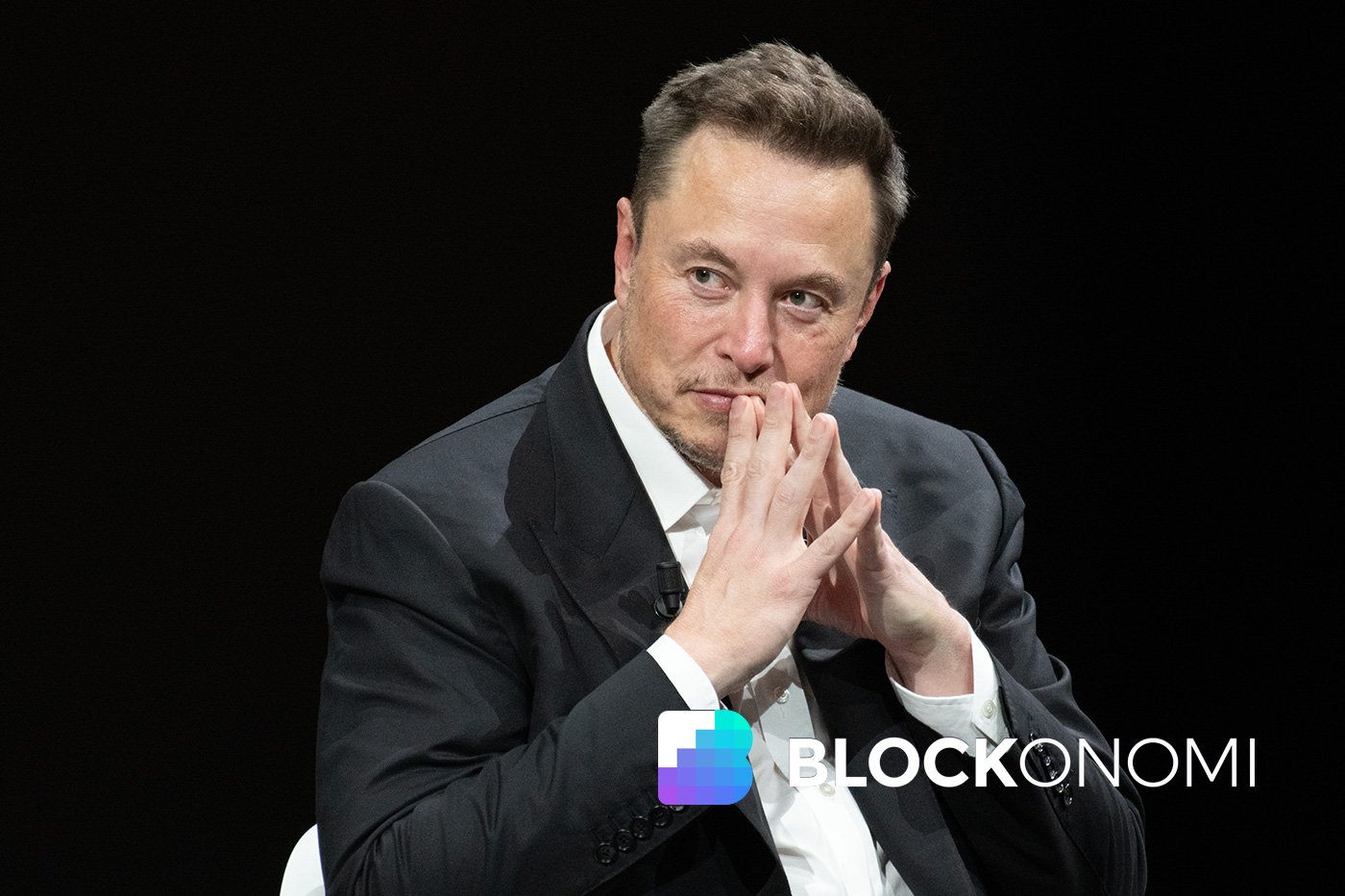TLDR
- Elon Musk predicts humanoid robots will outnumber humans by 2040
- Musk estimates future robot costs between $20,000-$30,000
- Expert Gary Marcus strongly disagrees with Musk’s prediction
- Tesla’s Optimus robots were showcased at recent cybercab unveiling
- xAI is expanding Grok using Nvidia’s technology in world’s largest AI supercomputer
In a bold declaration that has drawn criticism from AI experts, Tesla CEO Elon Musk predicted that humanoid robots will outnumber the human population by 2040.
Speaking at the Future Investment Initiative conference in Riyadh, Saudi Arabia, Musk shared his vision of a future where robots become commonplace in everyday life.
During his presentation, Musk outlined a world where every country would possess one or multiple AI systems, accompanied by a robot population that would exceed the current human count of 8.2 billion.
The Tesla CEO has been consistent in his messaging about the rise of humanoid robots, having made similar statements at various events throughout 2024.
Elon Musk predicts there will be more robots than people in the future in an appearance at the Saudi Arabia FII summit
“Every country will have AIs or multiple AIs, and there will be a lot of robots, more robots than people.” https://t.co/mSYqGdE2hn pic.twitter.com/bh93Z2DqZw
— Bloomberg Middle East (@middleeast) October 29, 2024
At the All-In Summit in September, Musk expanded on his vision, suggesting that the widespread adoption of intelligent humanoid robots would remove traditional economic limitations.
He emphasized that these robots would fundamentally transform the global economy, as their numbers wouldn’t face natural constraints.
The Tesla CEO recently showcased the company’s Optimus robots during a cybercab unveiling event.
According to Musk, these robots are being designed with affordability in mind, with projected costs ranging between $20,000 and $30,000 per unit. This pricing strategy aims to make the technology accessible to a broader market.
However, prominent AI expert and author Gary Marcus has publicly challenged Musk’s predictions. Marcus, known for his critical analysis of AI developments, pointed to practical limitations that would likely prevent such widespread robot adoption.
Elon Musk pulls yet another unrealistic timeline out of his behind; press dutifully reports. pic.twitter.com/lZXgzwmCT9
— Gary Marcus (@GaryMarcus) October 29, 2024
Drawing a comparison to the automotive industry, Marcus noted that there are currently only 1.5 billion cars globally, despite their essential role in modern society.
He argued that humanoid robots would face similar or greater adoption barriers, making Musk’s prediction of robots outnumbering humans unlikely.
Marcus highlighted the example of Roomba, the most successful consumer robot to date, which has sold approximately 50 million units at a few hundred dollars each. He emphasized the vast gap between current robot adoption rates and Musk’s ambitious projection.
Safety concerns represent another major hurdle in the path to widespread robot adoption. Marcus pointed out that no company has yet demonstrated the ability to build a safe, reliable, and generally useful humanoid robot at any price point.
The discussion of robot proliferation comes as Musk’s AI company, xAI, advances its own artificial intelligence capabilities.
The company recently partnered with Nvidia to expand its Grok language model using what’s being called the world’s largest AI supercomputer.
Located in Memphis, Tennessee, the Colossus supercomputer was completed in 122 days and began training its first models just 19 days after installation. This development represents a concrete step in Musk’s broader AI ambitions.
The contrast between Musk’s optimistic timeline and expert skepticism highlights the ongoing debate about the pace of robotics advancement.
While Musk envisions rapid adoption and integration of humanoid robots into society, experts like Marcus point to numerous technical, economic, and safety challenges that need to be overcome.
Marcus has been consistently critical of overstated AI capabilities and timelines. In September, he questioned OpenAI’s $150 billion valuation, citing delays in delivering promised technologies like GPT-5 and Sora.
Current robotics technology remains far from achieving the level of sophistication needed for general-purpose humanoid robots.
While specialized robots continue to advance in controlled industrial settings, the complexity of creating versatile robots capable of operating safely in human environments presents substantial technical challenges.
The cost factor also plays a crucial role in potential robot adoption rates. Even at Musk’s projected price point of $20,000 to $30,000, humanoid robots would remain out of reach for many potential users, limiting their potential proliferation.















